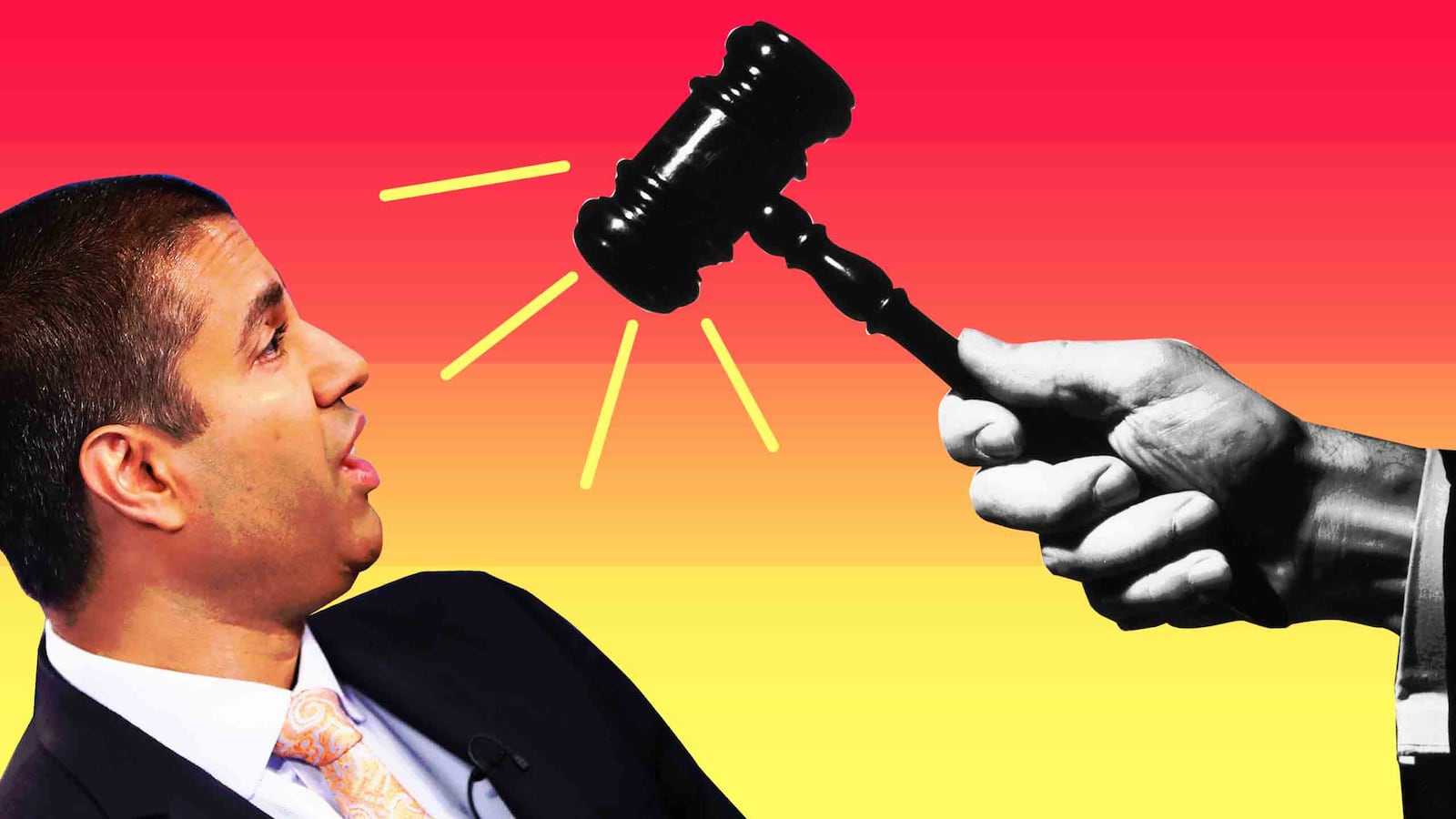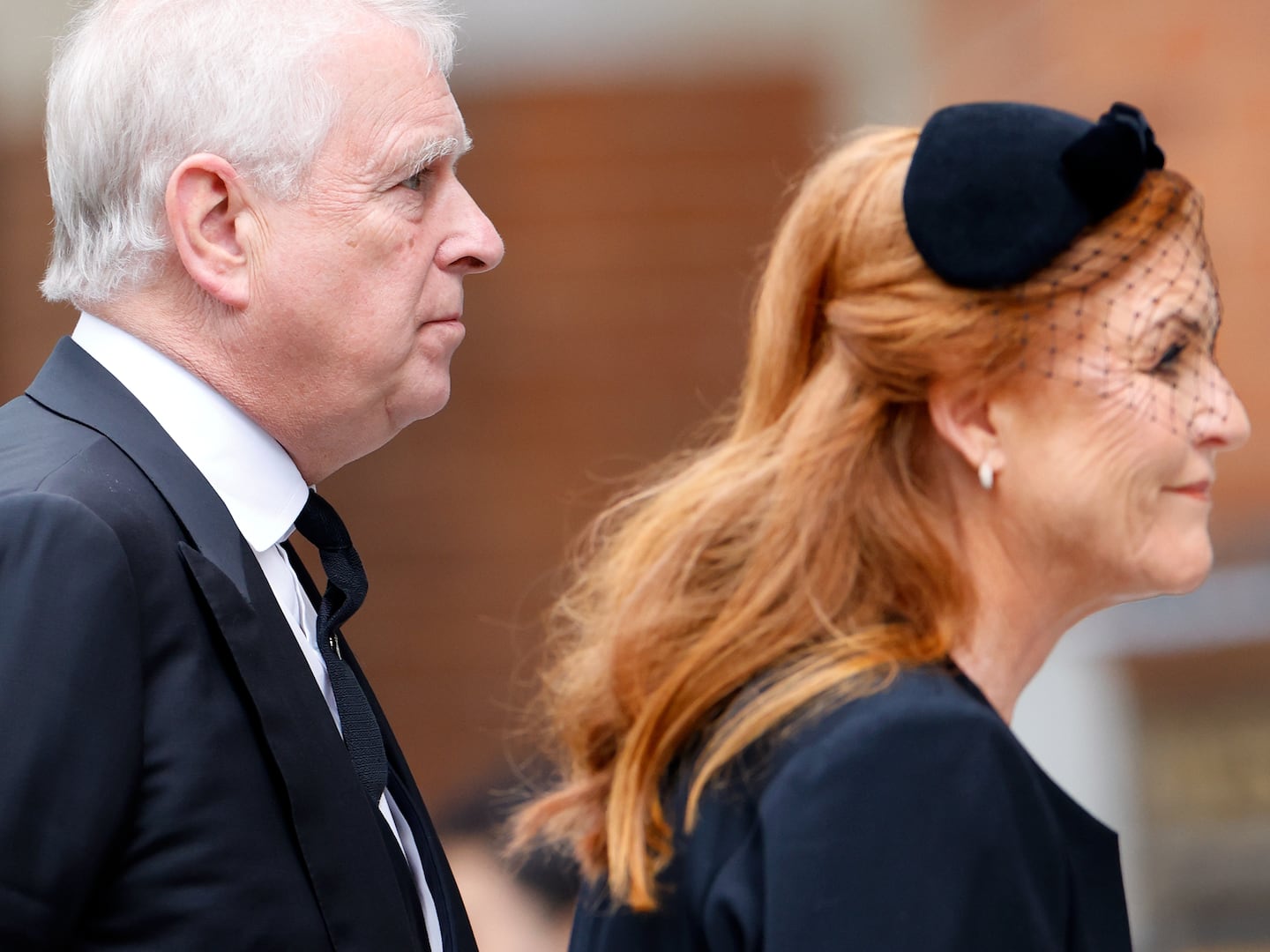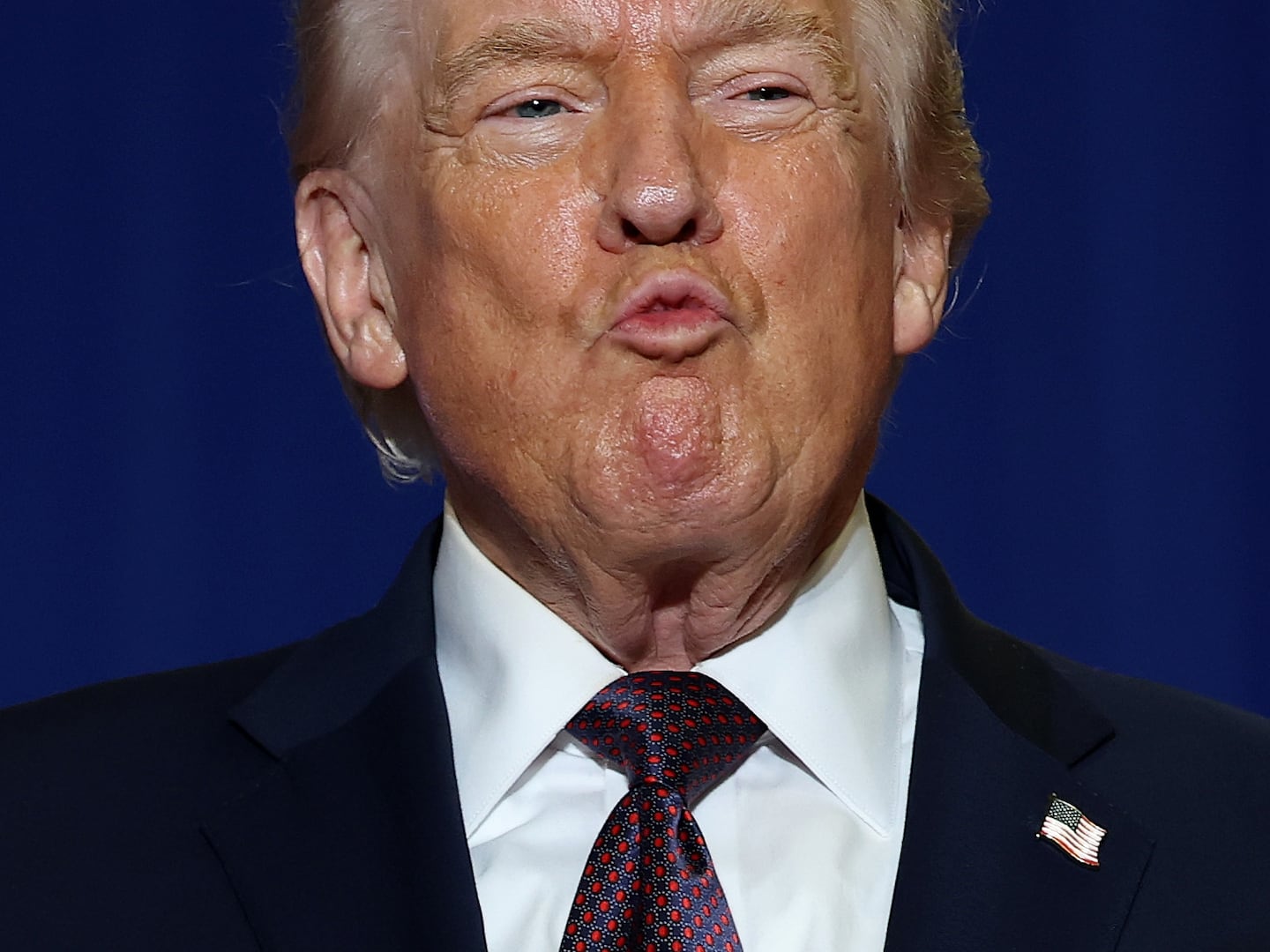Our pleas to maintain net neutrality have come too late. Worse, they’ve been overrun by a fake comment campaign which is helping to subvert the FCC’s rule-making process.
Elections have consequences, and the proposed replacement of the 2015 net neutrality rule, which authorized the government to enforce fair, open access to broadband internet, is additional fallout from 2016.
Paralysis has set in over net neutrality due to the recent ideological whiplash from FCC leadership, further calling into question the independence of the agency from the executive branch.
There is one path to save the web from one that allows the rich to communicate freely and those with less income to be subjected to an artificial slowdown. It’s not a petition, and it’s not a blackout.
It’s the courts.
On Dec. 14, we expect the FCC to hold a proceeding where it will overturn its recent net neutrality rules, gutting the legal foundations to regulate internet service providers (ISPs) in the first place. As with other concerted efforts to overturn Obama-era regulations, one hears echoes of Steve Bannon’s Leninist battle cry avowing the deconstruction of the administrative state.
Maybe your friends have been posting on Facebook that you need to write your congressional reps or even write on public comment boards for the FCC. Well, Republican commissioners outnumber Democrats 3-2, and despite massive public outcry, it appears unlikely that a Republican commissioner will switch sides. The FCC is an independent agency, residing both within and apart from the executive branch, but its management is increasingly partisan in nature.
In 2015, despite the best efforts of Ajit Pai, the current FCC chairman, the FCC passed the Open Internet Order, which classified home and mobile broadband internet as a telecommunications service for the first time. Under the Telecommunications Act of 1996, “common-carrier” or utility-like regulations can be imposed on “telecommunications services,” but not on providers of “information services,” broadband internet’s previous designation.
Because they were now legally viewed as a telecommunications service, ISPs were classified as Title II common carriers and subject to the FCC’s regulatory authority under the 1934 Communications Act.
This gave the FCC the authority to regulate broadband internet in the public interest.
It gave consumers the right to sue their internet providers if they throttled access to a particular website or streaming service, and required that ISPs be “just and reasonable” in their rates and practices. Title II further protected access to the internet for rural communities, the disabled, and the poor. Until broadband service was placed under FCC Title II jurisdiction, all previous attempts by the FCC to regulate in favor of net neutrality had been rejected by the courts.
Since the regulations came into effect, the District of Columbia Circuit Court of Appeals has twice upheld the FCC’s authority to regulate ISPs against attacks by the broadband internet lobby. Those decisions provide some guidance on how litigation might look going forward. Though the courts have generally allowed the FCC to classify services as it wishes, there are two main issues that future litigation will likely consider.
The first regards the proper separation of powers—or whether the FCC has the authority to make a U-turn and reduce broadband ISPs to an information service, in a wholesale reinterpretation of the facts it successfully argued before the D.C. Circuit Court as recently as this past May.
If it wanted to, the court could challenge the FCC’s reversal. The court could say that the facts haven’t changed and that the agency is behaving in an arbitrary or unreasonable manner.
As former FCC Chairman Tom Wheeler pointed out in an interview with Bloomberg News, two thirds of Americans have no choice but to get internet through broadband. It will be hard to convince a court that broadband service is no longer a utility subject to regulation.
Then there’s the stickier issue: Are limitations on internet service like throttling, blocking, or paid prioritization violations of First Amendment rights? So long as Title II classification was enforceable, the D.C. Circuit found no First Amendment violations.
At the same time, Judge Sri Srinavasan wrote that no Supreme Court decisions support the notion that the First Amendment “entitles an ISP to engage in the kind of conduct barred by the net neutrality rule.”
According to Srinavasan, there aren’t any Supreme Court decisions that would grant ISPs autonomy “to hold itself out to potential customers as offering them an unfiltered pathway to any web content of their own choosing, but then, once they have subscribed, to turn around and limit their access to certain web content based on the ISP’s own commercial preferences.”
In a sign of litigation to come, Ars Technica reported that Comcast deleted its net neutrality pledge the same day the FCC announced its plan to repeal the rules.
Lobbyists for the broadband industry are pushing for the Supreme Court to hear the May 2017 case, hoping for a decision that prevents the FCC from ever regulating them again. It’s unclear whether the Supreme Court would want hear the case at all, and even more unclear which way the case would fall.
A public interest lawyer at Georgetown University told The Washington Post that the likelihood that net neutrality was about to be destroyed this week made it even more unlikely that the Supreme Court would touch the case.
In a recent interview with TechCrunch, Senator Brian Schatz (D-HI), who has been vocal in the fight to maintain net neutrality, argued that the moment has passed for a populist uprising on net neutrality—won’t be back until 2020.
Rallying the troops and organizing against the death of the open internet isn’t in vain. Quite the opposite—the popular fight is a piece in a long arc.
But real chances to keep the web open to everyone currently lies elsewhere. Until the electorate gets another shot, the courts will serve as the real check on an FCC trying to create a closed off and more expensive web.






